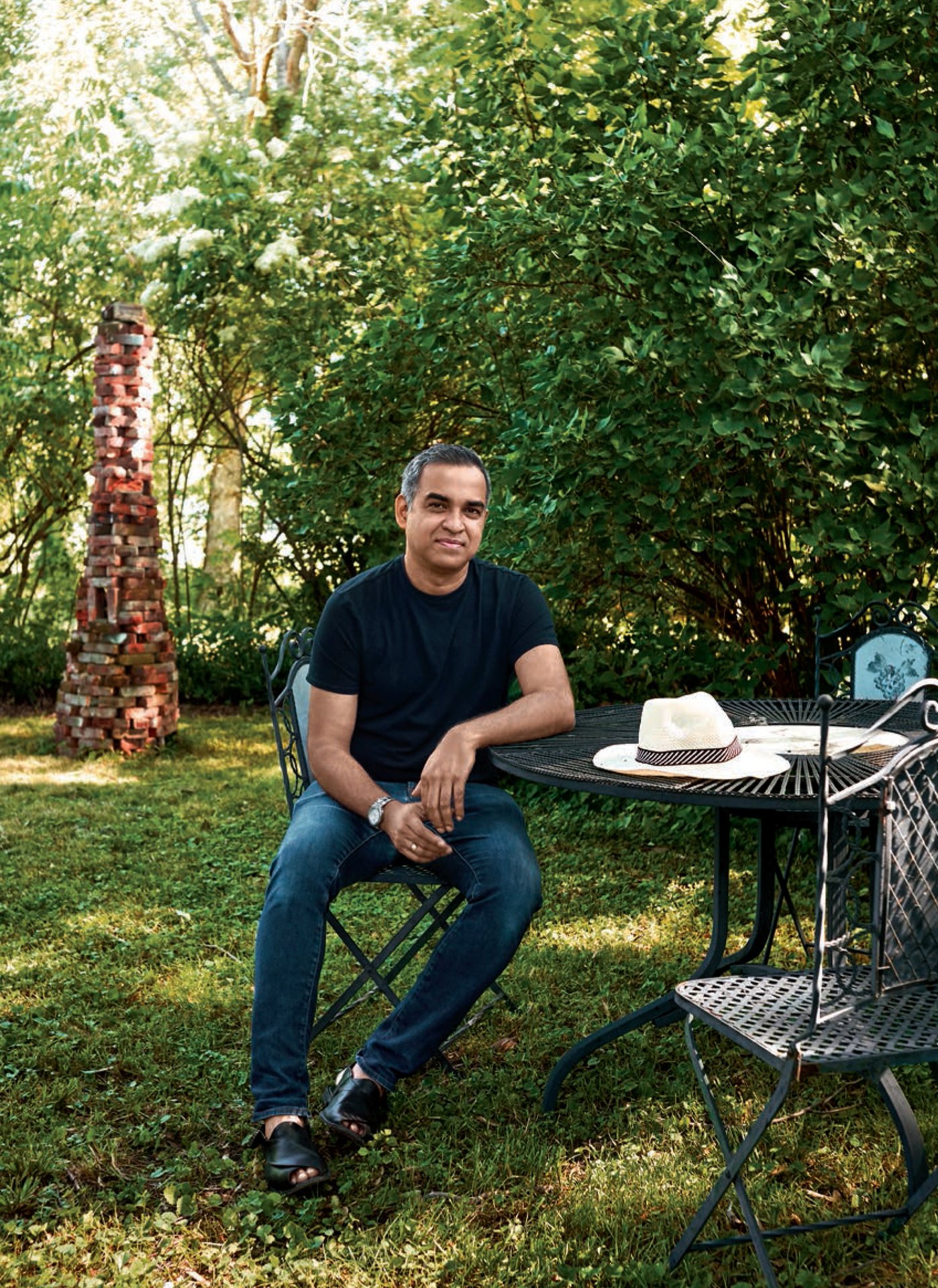Bibhu Mohapatra has made a name for himself with ultra-elegant, Luxury womenswear and fine Jewelry , which has been embraced by First Lady Michelle Obama, Jennifer Lopez, Priyanka Chopra, and Glenn Close, among others. A native of Odisha, India, we sat down with the New York-based CFDA member to talk about his upbringing and how it has shaped the person he is today.
Bibhu, tell us about yourself and your brand.
I was born and raised in the steel town Rourkela in the state of Odisha, which is located on the East Coast of India. I relocated to the U.S. for college and studied economics and design at the Fashion Institute of Technology (FIT). While in school, I worked at Halston and later as the design director of J.Mendel before starting my own line in 2008.
Bibhu Mohapatra is a luxury womenswear brand designed in New York and manufactured in both New York and abroad by master artisans specializing in embroidery and heritage craftmanship. The collection is sold at Saks Fifth Avenue, Bergdorf Goodman, and many boutiques worldwide. We have done many collaborations and a number of successful licensing projects, and most recently with Forevermark, a DeBeers company for jewelry.
How was life growing up in India?
Odisha is known for its enriched culture and craft. I remember being surrounded by beautiful textiles, jewelry, and vibrant colors. I had a happy childhood and good memories growing up with my two other siblings and my parents. My dad was an engineer and I remember we would disassemble a whole motorbike and then reassemble it all in the same day. My mom was an artist and a homemaker. She taught me how to sew at the age of 10 and I would practice making dresses for my sister. Sewing allowed me to pursue my passion while keeping up with my academics.
How did you get into fashion?
When I was in India, I was not sure how to pursue studies in fashion. I was good at math, so I was accepted into a MS program in economics in Utah. I met many incredible people during my time in college and am very grateful to my professor who saw my sketchbook and encouraged me to attend the Fashion Institute of Technology (FIT) to pursue fashion design.
I remember for admissions, we were given a home design test and asked to design something for the First Lady at the time, Hillary Clinton. Fast forward to 2016, I got a text from Airforce One to let me know that Michelle Obama visited Delhi, India and was wearing one of my designs upon arrival there. A few years later, I had the opportunity to say to Mrs. Obama, “You wearing my design is part of my American dream coming true.”
How is your work influenced by your heritage and upbringing?
I’m fortunate to have been born and raised in Indian culture surrounded by amazing artisans and vibrant textile colors. After I left India, my cultural influences became supercharged and vivid and instilled into my creative proces. I’ve been trained in New York and I understand the balance between the east and the west, but I know I’m designing for a global audience.
My heritage is in my veins and naturally visible through my work. My creative craft is influenced by my heritage and cultural lineage but in a subtle, modern way. The way I see colors and the way I juxtapose the opposites, has become a element of identity.
What does “togetherness” mean to you?
My team is everything to me and together we are stronger. During this COVID-19 pandemic, it was disheartening to see empty streets of NYC, but I remind myself what we see is an incredible act of global solidarity. We are together and we are making a difference with the eradication of this pandemic.
Also, our community came together and strategized what action to take. Blending the voices from not only the fashion industry, but also different sectors like healthcare workers. Togetherness is thinking in a unifying manner, creating a vision to include the immediate and global community. Community is not just our city block but beyond our geographical area.
I try to keep my team inspired and motivated and try to stay in touch especially during this time. I believe in supporting both local manufacturers, as well as artisans abroad who have a rare skill of craftwork and embroidery that have been supporting my business from the beginning.
In response to the shortage of PPE for healthcare workers, we immediately shifted our production to create face masks and have produced over 800 units that were donated to local hospitals.



